Overmolding Services for High-Performance Multi-Material Parts
Our AI masters the complexities of overmolding, delivering robust, multi-material components with superior bond strength, tactile feel, and integrated seals.
“Our AI-powered platform takes full control of your overmolding projects, acting as your dedicated Single Point of Contact. From ensuring perfect material compatibility to optimizing the two-shot molding process, our AI works 24/7 to deliver integrated, high-performance parts that look, feel, and function as a single component.”
End-to-End Production Management
Click a stage to see how we help
Requirement Capturing
STEP 1
Part & Mold Design Analysis (DFM)
STEP 2
Tooling & Material Selection
STEP 3
Project Monitoring
STEP 4
Follow-ups & Reporting
STEP 5
Risk Analysis
STEP 6
Quality Assurance
STEP 7
Logistics Coordination
STEP 8
Our AI captures your project specifications for both the rigid substrate and the soft overmold materials, ensuring functional requirements like grip, sealing, and bond strength are clearly defined from the start.
Dual-material specification and bond strength analysis
The AI analyzes your CAD model for overmolding manufacturability and cross-references a vast database to ensure chemical compatibility between the two chosen materials, which is critical for a strong, permanent bond.
AI-driven material compatibility validation and bond interface analysis
Our AI determines the optimal manufacturing process—either high-efficiency two-shot molding or versatile pick-and-place overmolding—and designs the complex tooling required for a seamless multi-material process.
Intelligent process selection (2-shot vs. pick-and-place) and tooling strategy
Track the multi-stage molding operation in real-time, with AI-powered updates on the process parameters for both the substrate and overmold injection cycles to ensure a perfect bond.
Live monitoring of both substrate and overmold process parameters
Stay informed with automated follow-ups and detailed reports that include material lot traceability, process validation for both shots, and bond strength verification data.
Comprehensive First Article Inspection (FAI) documentation for multi-material parts
The AI proactively identifies overmolding risks like delamination (bond failure), substrate warping from heat, or flash, and implements compensating process strategies before they occur.
Predictive delamination control and thermal management strategies
AI coordinates dimensional inspection and bond strength verification (e.g., peel tests), ensuring every part meets your specifications for both geometry and material adhesion.
Automated dimensional validation and bond strength testing protocols
From part ejection and inspection to custom packaging and delivery, the AI optimizes the entire post-molding workflow for speed and cost-efficiency.
Seamless coordination of post-molding assembly and finishing
End-to-End Production Management
Click a stage to see how we help
Requirement Capturing
STEP 1
The AI analyzes your CAD model for overmolding manufacturability and cross-references a vast database to ensure chemical compatibility between the two chosen materials, which is critical for a strong, permanent bond.
AI-driven material compatibility validation and bond interface analysis
Part & Mold Design Analysis (DFM)
STEP 2
The AI analyzes your CAD model for overmolding manufacturability and cross-references a vast database to ensure chemical compatibility between the two chosen materials, which is critical for a strong, permanent bond.
AI-driven material compatibility validation and bond interface analysis
Tooling & Material Selection
STEP 3
Our AI determines the optimal manufacturing process—either high-efficiency two-shot molding or versatile pick-and-place overmolding—and designs the complex tooling required for a seamless multi-material process.
Intelligent process selection (2-shot vs. pick-and-place) and tooling strategy
Project Monitoring
STEP 4
Track the multi-stage molding operation in real-time, with AI-powered updates on the process parameters for both the substrate and overmold injection cycles to ensure a perfect bond.
Live monitoring of both substrate and overmold process parameters
Follow-ups & Reporting
STEP 5
Stay informed with automated follow-ups and detailed reports that include material lot traceability, process validation for both shots, and bond strength verification data.
Comprehensive First Article Inspection (FAI) documentation for multi-material parts
Risk Analysis
STEP 6
The AI proactively identifies overmolding risks like delamination (bond failure), substrate warping from heat, or flash, and implements compensating process strategies before they occur.
Predictive delamination control and thermal management strategies
Quality Assurance
STEP 7
AI coordinates dimensional inspection and bond strength verification (e.g., peel tests), ensuring every part meets your specifications for both geometry and material adhesion.
Automated dimensional validation and bond strength testing protocols
Logistics Coordination
STEP 8
From part ejection and inspection to custom packaging and delivery, the AI optimizes the entire post-molding workflow for speed and cost-efficiency.
Seamless coordination of post-molding assembly and finishing
Common Overmolding Material Combinations
Wefab AI is equipped to mold nearly any commercially available thermoplastic pairing. Our AI ensures we select materials with ideal chemical compatibility for a robust, permanent bond. Some of the most common combinations include:
Rigid Substrate Material
ABS
Polycarbonate (PC)
PC/ABS
Nylon (PA)
Polypropylene (PP)
Engineering Plastics
TPE, TPU
TPE, TPU, Silicone (LSR)
TPE, TPU
TPE
TPE (specially formulated)
Why Choose Our
AI Platform
24/7 Production Capability
Our AI never sleeps, managing your injection molding projects across multiple presses and materials for continuous production.
Superior Bond Strength
Our AI ensures optimal material compatibility and process control, creating a powerful chemical bond that is superior to glues or mechanical assembly.
Enhanced Design Freedom
Create complex, integrated parts with multiple colors, textures, and functions (like grips and seals) that would be impossible or too costly with traditional assembly.
Cost-Effective Assembly
Overmolding eliminates the time and expense of manual assembly, adhesives, and fasteners, reducing your overall cost per part at production volumes.
Exceptional Consistency
By precisely managing two separate injection processes, our AI delivers remarkable part-to-part consistency in feel, function, and performance.
Human Expertise When You Need It
Our expert mold makers and plastics engineers complement AI capabilities with specialized knowledge in multi-material molding.
- Complex project consultation and custom two-shot mold design
- Technical support for advanced material pairings and adhesion requirements
- Quality assurance reviews for critical medical and military applications
- On-demand engineering support for optimizing the design of bond interfaces

Meet Our Certified Mold Makers and Multi-Shot Process Engineers
20+ Years Combined Experience
Custom Injection Molding At Wefab AI
| Feature | Specification |
|---|---|
| Process | Two-Shot (2K) Molding, Pick-and-Place Overmolding, Multi-Material Injection Molding |
| Material Compatibility | AI-powered database for validating chemical bonds between thousands of thermoplastic substrates and overmolds |
| Tolerances | Typically ±0.3% with a lower limit of ±0.15 mm (±0.006"), dependent on materials and geometry |
| Mold Types | High-strength Steel Tooling (P20, H13, S7) with rotating platens or robotic transfer systems |
| Bond Verification | Peel strength testing, tensile testing, and visual inspection for delamination |
| Secondary Operations | Pad printing, laser engraving, and custom assembly |
Proven Results
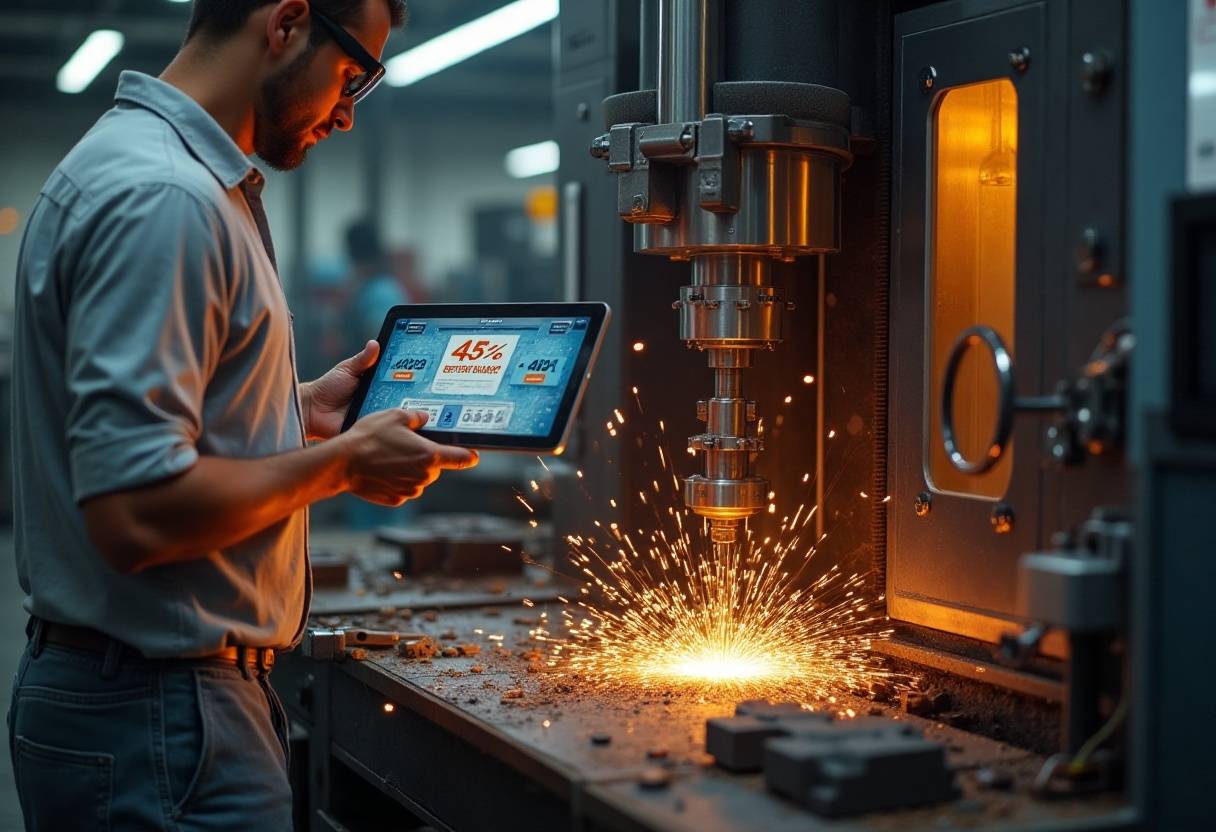

Samantha Lee
Senior Product Engineer, Innovate Electronics
60% reduction in cycle time on consumer electronic enclosures
The AI platform’s process window optimization was a game-changer. It delivered consistently flawless ABS parts at a speed we couldn’t achieve manually, dramatically increasing our throughput.
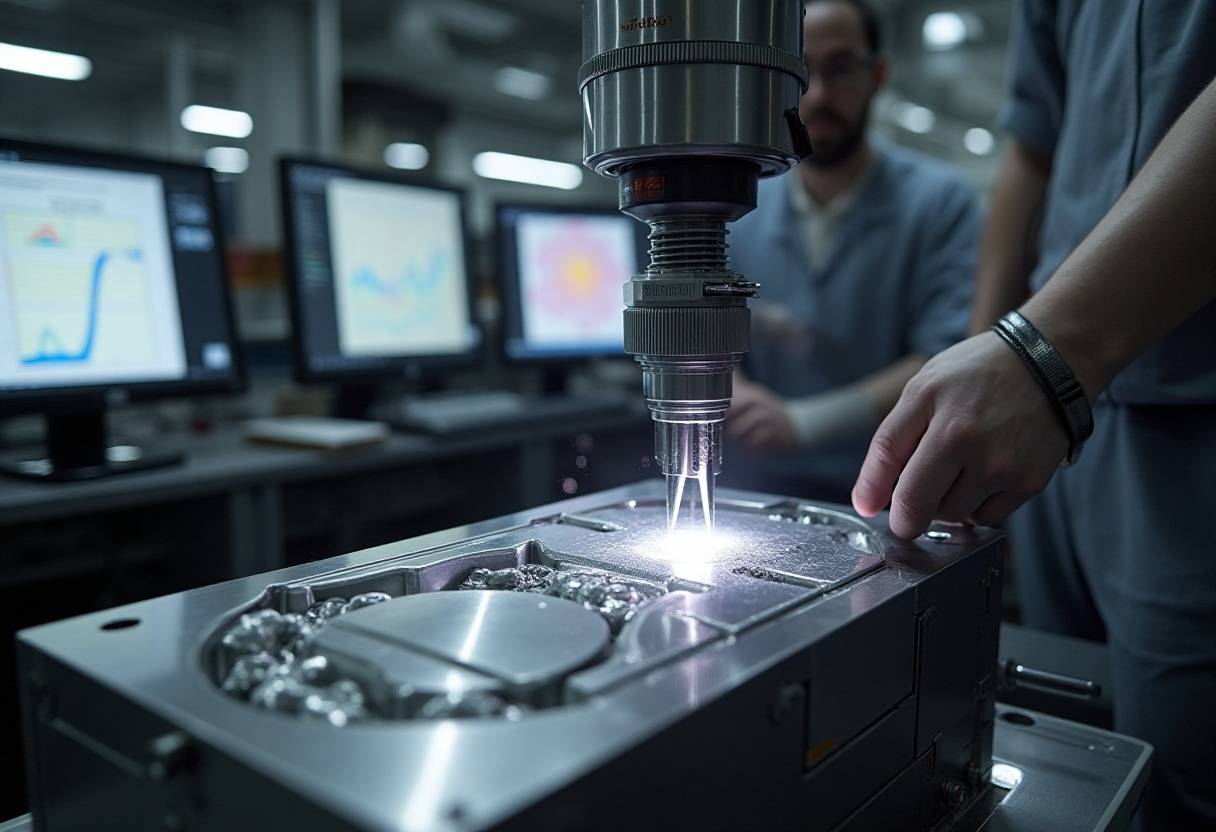

David Chen
Engineering Director, Precision Auto Systems
99.9% first-time-right on critical-tolerance automotive gears
The reliability is astounding. The AI’s ability to run mold flow analysis and apply predictive quality control ensured our PEEK gears met stringent performance specs from the very first shot. It saved us weeks of trial and error.
Injection Molding Capabilities
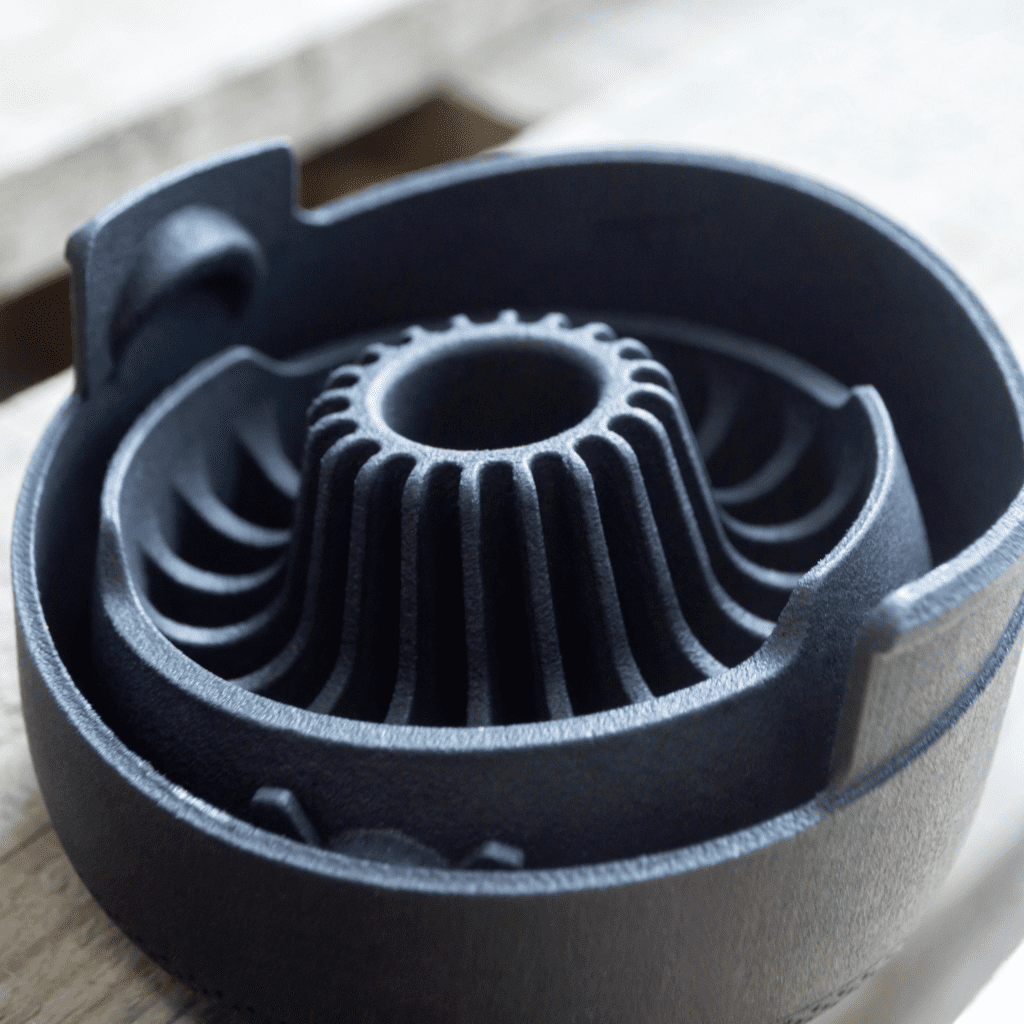
Plastic Injection Molding
High-volume production of complex and durable thermoplastic parts.
- Tolerance: ±0.2% with a lower limit of ±0.1 mm (±0.004″)
- Lead time: Tooling from 4 weeks, parts from 5 business days after approval
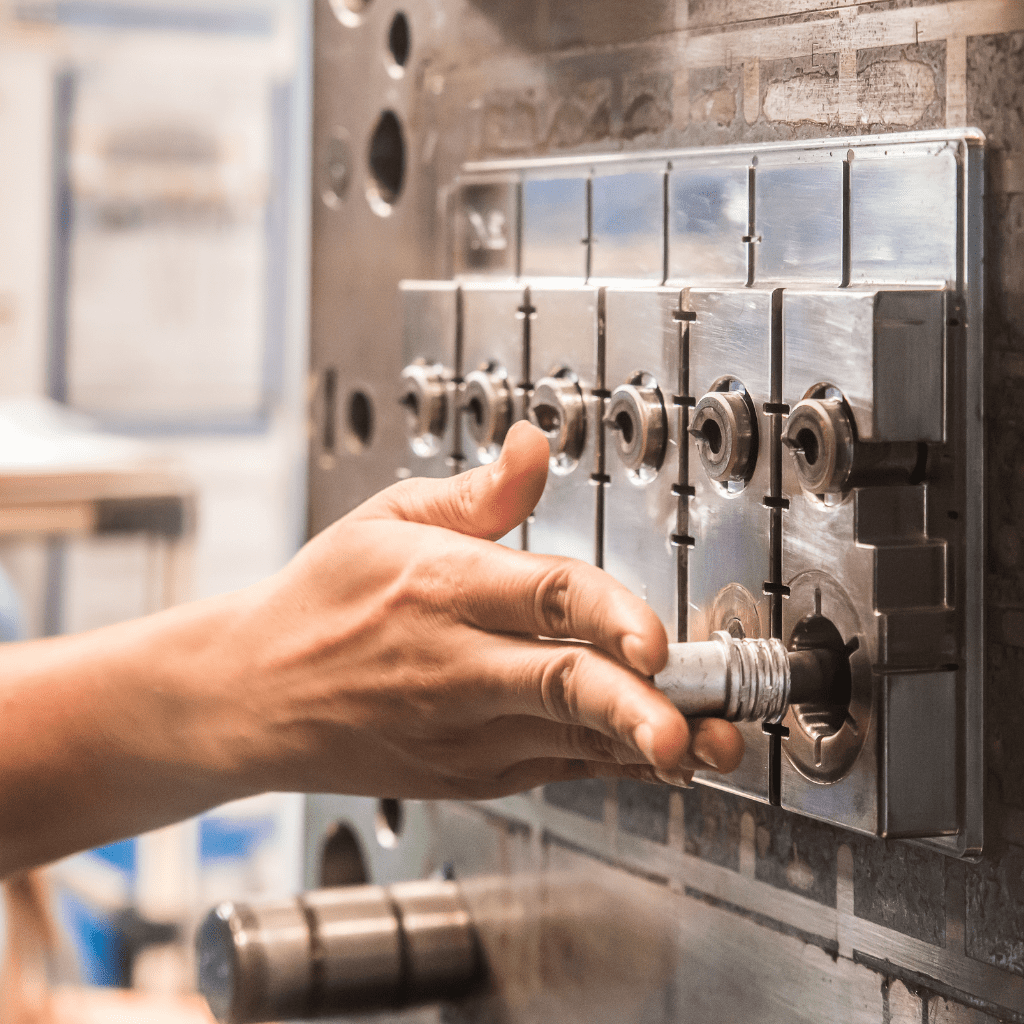
Insert Molding
Molding thermoplastics around metal components for enhanced strength and reliability.
Precision: ±0.2% with a lower limit of ±0.1 mm (±0.004″)
Lead time: From 5 weeks to account for insert validation and process setup
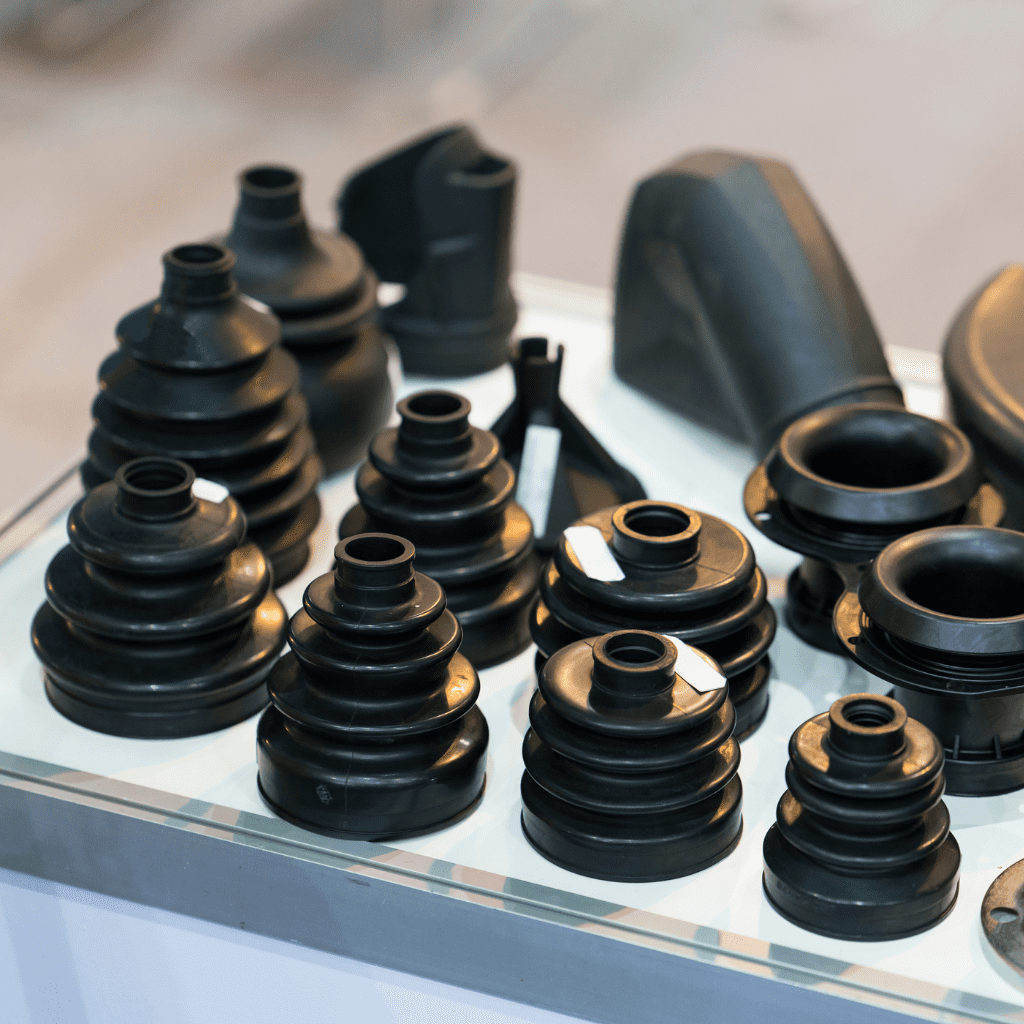
Liquid Silicone Rubber Molding
Producing flexible, durable, and biocompatible parts for demanding applications.
Accuracy: ±0.2% with a lower limit of ±0.05 mm (±0.002″)
- Lead time: Tooling from 4 weeks, parts from 7 business days after approval
Ready to create integrated, multi-material components?
Let our AI eliminate the complexities of overmolding and transform your product with superior ergonomics, sealing, and performance.
Frequently Asked Questions
How does AI improve the overmolding process?
Our AI is critical for ensuring material compatibility, which is key to a strong chemical bond. It simulates the multi-stage process to prevent defects like delamination, optimizes parameters for both injection cycles, and validates bond strength.
What is the difference between overmolding and insert molding?
Overmolding involves molding plastic over another plastic part (substrate). Insert molding is the process of molding plastic around a non-plastic item, typically a metal component like a threaded insert or a circuit board.
What are your typical turnaround times for overmolding?
Turnaround can be slightly longer than standard injection molding due to the increased complexity of the tooling (especially for two-shot molds) and process development. Tooling typically takes 5-9 weeks, with production parts following shortly after approval.
How do you ensure a strong bond between the materials?
We use a two-pronged approach. First, our AI ensures chemical compatibility between the substrate and overmold resins. Second, we use DFM to encourage mechanical interlocks (undercuts, grooves, or holes) in the substrate part, which provides additional physical strength.
What file formats do you accept for overmolding projects?
We accept STEP, STP, IGES, IGS, X_T, and other standard 3D model formats. Our AI will automatically analyze your design for manufacturability (DFM), paying special attention to the unique requirements of the overmolding process.